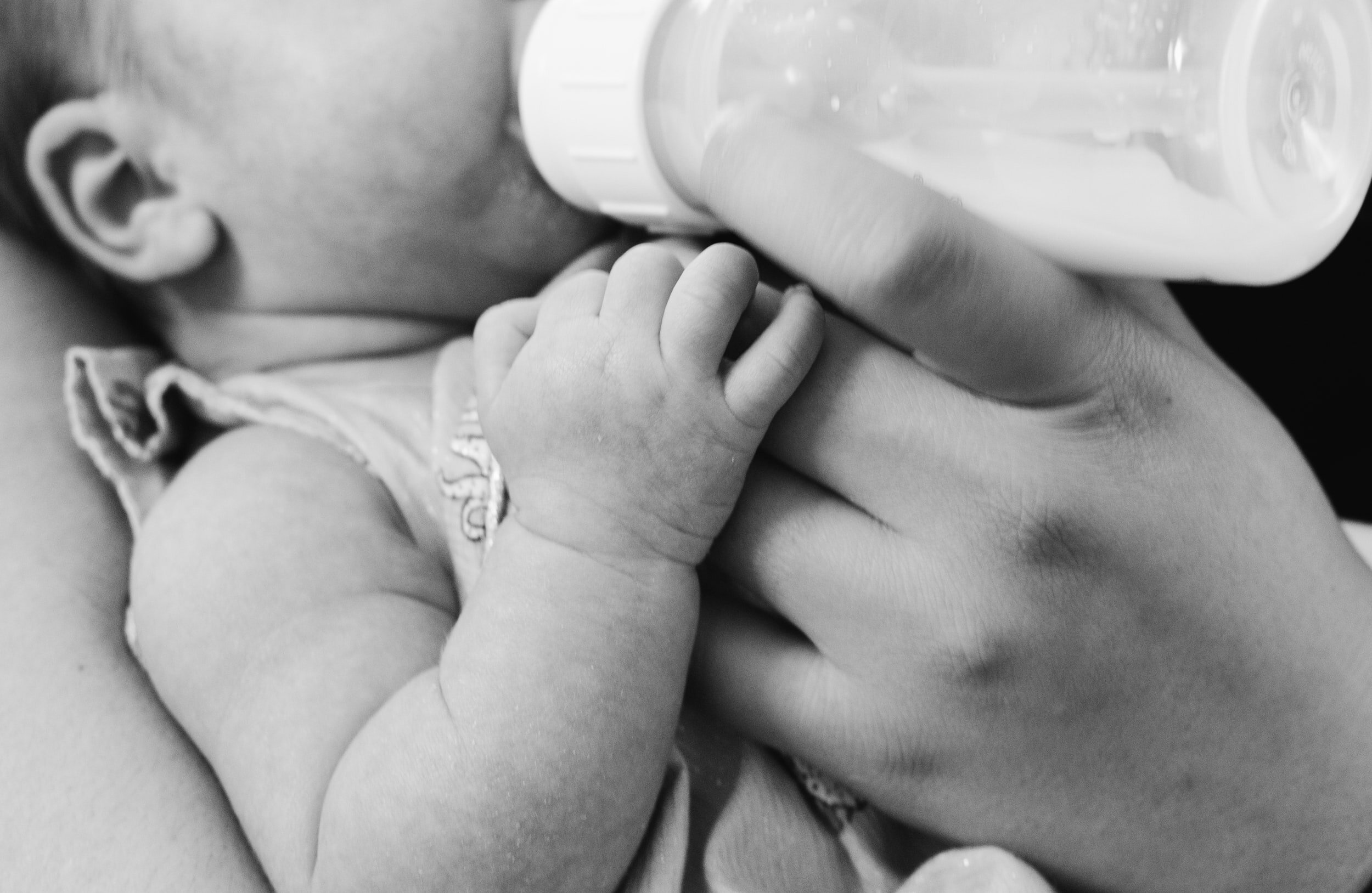Intuitive/paced bottle feeding technique:
Whenever mixing breast and bottle there is a danger your baby might develop a preference for the bottle.
There used to be a theory of “nipple confusion” but the latest research points more towards a preference for the faster, easier flow of a bottle. Using this paced feeding technique will help to protect your baby against overfeeding at the bottle and help to avoid a preference for bottles rather than feeding directly at the breast. Some would say every baby should be fed in this way-not just breastfed babies.
Anyone who feeds your baby with a bottle should be educated on how important it is to be responsive and watch the baby while feeding for hunger cues and signs of stress.
Here is a link to watch: it's a really helpful film because it explains intuitive bottle feeding, not just how to do it but why to do it and what to look for.
Note: Even in this film I think they don’t pause long enough before offering baby a taste of milk. I suggest encouraging the baby to suck on the teat with no milk coming for 30 seconds or longer to better imitate a breastfeed.
A fascinating area on this subject is research comparing babies bottle-fed expressed breastmilk and fed at the breast. It seems babies fed with bottles are more likely to gain too much weight even if breastmilk is in the bottles. When infants in a study were fed from bottles that were weighted and opaque, caregivers fed less milk than when using clear plastic bottles *. It seems that the parents in the study judged the end of a feed based on their babies cues rather than following their instinct to finish the “portion” of milk in the bottle. Research is showing us that allowing babies to finish on their own terms may help programme self-regulation and to recognise when they are full . **.
This is an important consideration for families using bottles to "top-up".
It's easy for the baby to take a larger top-up than they need, meaning they are less hungry for the next breastfeed...leading to what is known as "the top-up trap" where over time the top-up's become greater and the baby takes less and less at the breast.
* Ventura AK, Hernandez A. 2018. Effects of opaque, weighted bottles on maternal sensitivity and infant intake. Maternal & Child Nutrition: e12737.
** Azad MB, Vehling L, Chan D, Klopp A, Nickel NC, McGavock JM, Becker AB, Mandhane PJ, Turvey SE, Moraes TJ, Taylor MS. 2018. Infant feeding and weight gain: separating breast milk from breastfeeding and formula from food. Pediatrics 142(4): p.e20181092.
Would you would like me to visit you at home to support breastfeeding your baby? I can support with mixed feeding plans, transiting to bottles or moving away from top-up’s. Please see the home visits info (here).
Sally

